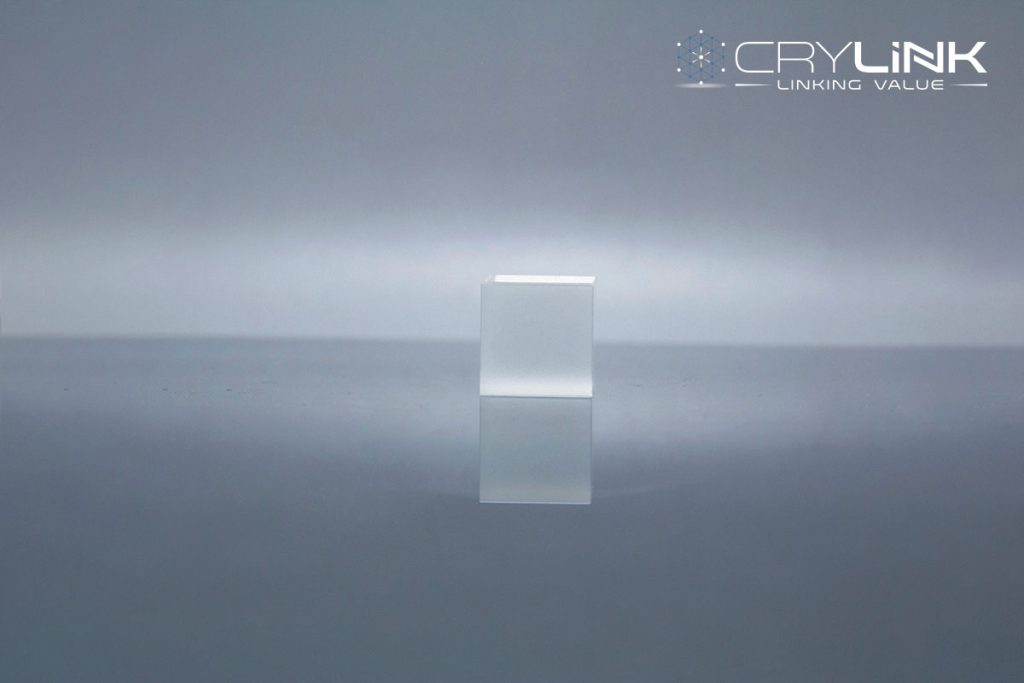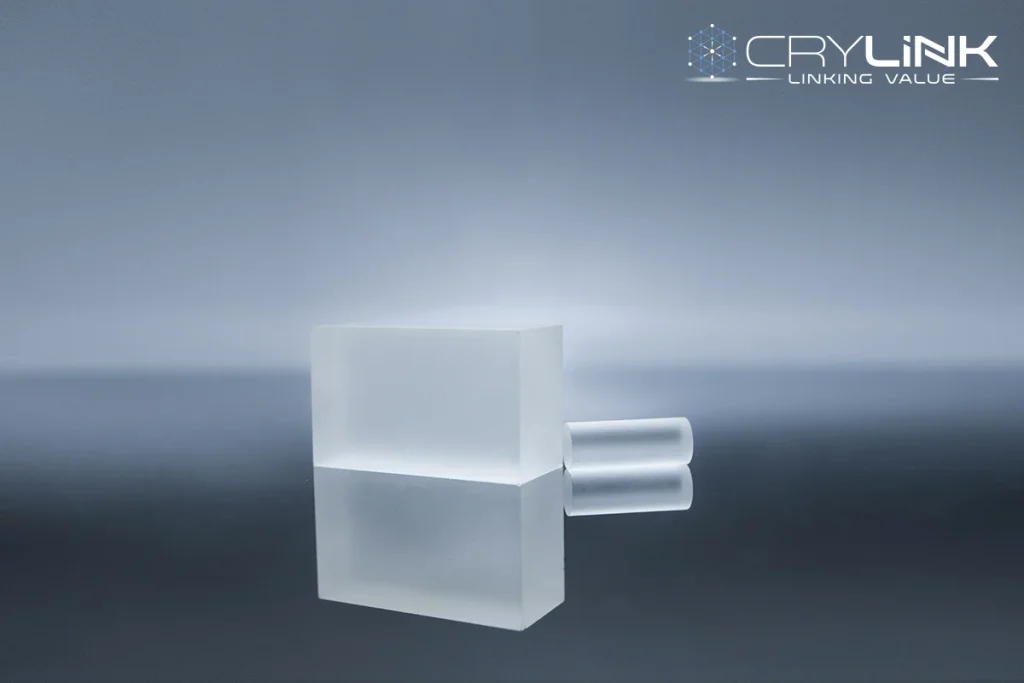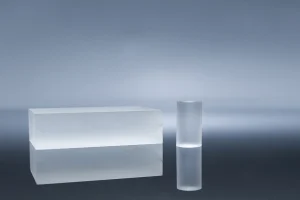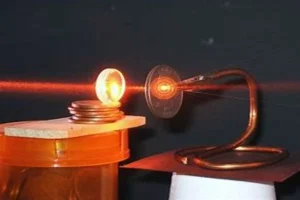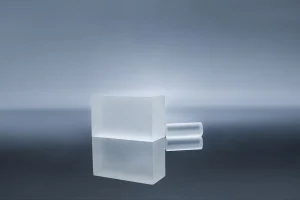Introduction
Nonlinear Laser Crystals in the complex world of nonlinear optics, we come across various substances that play pivotal roles in the field. One of the fascinating elements in this realm is the nonlinear laser crystals. Predominantly, two types of these crystals are widely used: potassium titanyl phosphate (KTP) and beta barium borate (BBO). They each offer unique properties and varied applications, setting them apart in the laser industry.
Unveiling the Mysteries of Nonlinear Optical Properties
When diving deeper into the nonlinear optical properties, it becomes apparent that these attributes are not just minor characteristics. They form the core of how these crystals function, thereby determining their real-world applications.
Unraveling the Rich Nonlinear Optical Properties of KTP Crystals
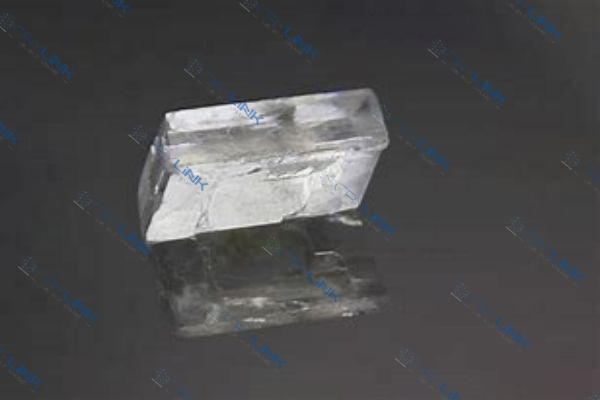
The nonlinear optical properties of KTP crystals are worth a deeper examination. KTP crystals have a high nonlinear coefficient, which leads to a greater interaction with the incident light. This efficient interaction fosters a stronger frequency conversion, making KTP an effective solution for second harmonic generation and parametric processes.
Moreover, the wide transparency range of KTP adds to its appeal. A range of 350 nm – 4.5 µm indicates that KTP crystals can efficiently interact with a vast range of wavelengths, from ultraviolet to infrared. This wide spectrum implies that KTP crystals can be utilized in a variety of laser systems, thus offering considerable versatility.
Apart from the nonlinear coefficient and transparency range, KTP crystals also stand out for their high electro-optic coefficient. This property makes KTP an ideal candidate for electro-optic modulators, further expanding their range of applications. Plus, the non-hygroscopic nature of KTP ensures its durability, making it a long-lasting choice for various applications.
Deciphering the Intricate Nonlinear Optical Properties of BBO Crystals
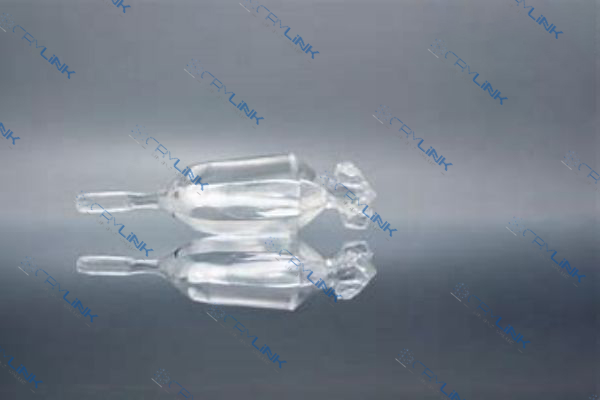
On the other hand, the nonlinear optical properties of BBO crystals are equally remarkable. BBO crystals exhibit a high damage threshold, which enables them to withstand high power lasers. This ability opens a plethora of opportunities for BBO crystals in high-intensity laser applications, such as laser frequency conversion, optical parametric generation, and electro-optic modulation.
The large acceptance angle of BBO crystals is another crucial property. A larger acceptance angle means that BBO can maintain efficient nonlinear interactions even when the incident light is not perfectly aligned. This property is particularly beneficial in real-world applications where perfect alignment is challenging to achieve.
Moreover, BBO crystals also have a small walk-off angle. This property ensures that the phase-matching condition is maintained over a larger interaction length, thereby increasing the overall efficiency of nonlinear optical processes.
Finally, BBO crystals also shine with their wide phase-matching range. This feature allows BBO to be used for various nonlinear processes, like second and third harmonic generation, sum and difference frequency generation, and optical parametric amplification over a wide range of wavelengths. In essence, the unique combination of these properties makes BBO crystals a versatile player in the nonlinear optics field.
Diving Deeper into Phase-Matching Capabilities: KTP VS. BBO
To comprehend the role and relevance of phase-matching capabilities in KTP and BBO crystals, let’s first establish a more nuanced understanding of what phase matching signifies. In the arena of nonlinear optics, phase matching is no trivial matter. It is the very crux that ensures the efficiency of the energy transfer between the interacting waves.
The Intricacies of Phase-Matching in KTP Crystals
KTP crystals exhibit commendable phase-matching capabilities. One may wonder why the angular acceptance width, also known as the phase-matching bandwidth, is small in KTP. This characteristic is an asset because it allows KTP crystals to maintain phase matching over a larger interaction length. In essence, a small angular acceptance width provides the ability to ensure a stronger interaction, thereby enhancing the efficiency of nonlinear optical processes such as second harmonic generation.
In addition to this, KTP crystals present a large temperature bandwidth. This means they can efficiently maintain phase matching over a broad range of temperatures. This property is a boon in real-world applications where maintaining constant temperature conditions might not always be feasible. KTP crystals, with their large temperature bandwidth, can robustly handle such variations, ensuring uninterrupted, efficient energy transfer.
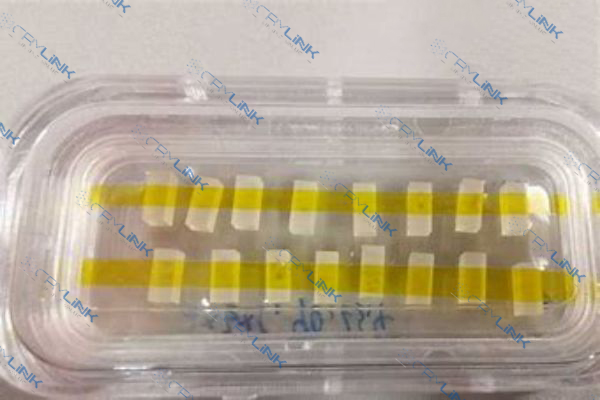
Decoding the Phase-Matching Capabilities of BBO Crystals
On the flip side, BBO crystals excel in providing exceptional phase-matching capabilities over a wide wavelength range. This characteristic is of prime significance, as it facilitates the efficient interaction of the crystal with a broad spectrum of light waves.
The BBO’s large acceptance angle is another advantageous feature. This property allows the crystal to maintain phase-matching, even when the incident light is not perfectly aligned with the crystal’s optical axis. This feature proves highly beneficial in practical applications where achieving perfect alignment could be a challenging task. With a large acceptance angle, BBO crystals can thus ensure effective phase matching in a wide range of scenarios, making them an excellent choice for high power applications.
Moreover, BBO crystals also have a small walk-off angle. This feature aids in maintaining the interaction of the pump and generated waves over a larger length, ensuring a high conversion efficiency in nonlinear optical processes.
In conclusion, both KTP and BBO crystals show unique phase-matching characteristics. While KTP stands out with its small angular acceptance width and large temperature bandwidth, BBO is renowned for its broad phase-matching range and large acceptance angle. These distinctive features make both these crystals exceptionally suited for different, but equally vital, roles in nonlinear optics.
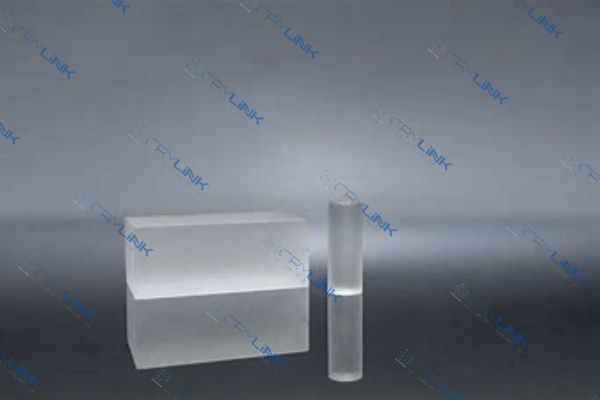
Scrutinizing Birefringence and Damage Thresholds: KTP VS. BBO
Understanding birefringence and damage thresholds of nonlinear laser crystals is vital for gauging their suitability in various optical applications. Both these properties are intrinsic to KTP and BBO crystals and lend each a distinctive edge in specific applications.
Demystifying Birefringence and Damage Thresholds in KTP Crystals
The KTP crystals are known for their moderate birefringence. Birefringence is the property that allows a crystal to split a light beam into two orthogonal polarized rays, which travel at different velocities. The moderate birefringence of KTP facilitates efficient phase matching across a range of wavelengths. This tuning of birefringence is pivotal in applications that require high precision and efficiency, such as frequency mixing and optical parametric oscillation.
The damage threshold is a measure of the maximum light intensity a crystal can withstand before incurring damage. KTP crystals boast a higher damage threshold than many other nonlinear crystals. This characteristic makes KTP a preferred choice for high power laser applications, where the risk of crystal damage due to the intense light beam is high. The robustness of KTP in such high-power environments expands its application range, opening opportunities for intense laser interactions.
Decoding Birefringence and Damage Thresholds in BBO Crystals
On the other hand, BBO crystals exhibit high birefringence. This property ensures that BBO can maintain phase matching over a wide wavelength spectrum, thereby enhancing the efficiency of the nonlinear process. A high degree of birefringence also allows BBO to effectively separate the ordinary and extraordinary beams, a property that can be harnessed in various applications, such as laser tuning, pulse compression, and generation of ultrashort pulses.
Despite possessing a lower damage threshold than KTP, BBO crystals still manage to carve a niche for themselves in high power environments. The key to their resilience in such settings is their excellent thermal properties. BBO crystals can effectively dissipate the heat generated during high-intensity laser interactions, thereby mitigating the risk of thermal damage. This property ensures that BBO crystals can continue to perform efficiently, even when exposed to high power laser beams.
In sum, both KTP and BBO crystals come with their unique sets of birefringence and damage thresholds. While KTP crystals bring the advantage of high damage threshold and tunable birefringence, BBO crystals compensate for their lower damage threshold with high birefringence and superior thermal properties. These contrasts underline the fact that the selection of the crystal depends largely on the specific requirements of the application in question.
Distinguishing Applications of KTP and BBO Crystals
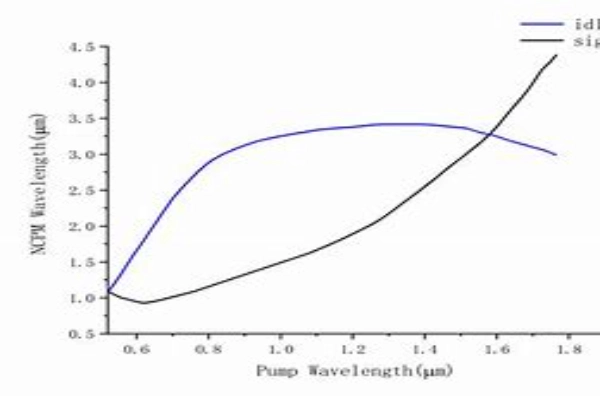
Application of KTP Crystals in Frequency Doubling
KTP crystals excel in the application of frequency doubling. Thanks to their high nonlinear optical coefficient and good thermal properties, KTP crystals provide a practical and efficient solution for frequency doubling of Nd:YAG lasers and other laser systems.
Role of BBO Crystals in Parametric Amplification
In contrast, BBO crystals play a significant role in parametric amplification due to their broad phase-matching range and high-power handling capacity. This makes BBO crystals an ideal choice for a variety of applications, including optical parametric oscillation and sum frequency generation.
Conclusion: Choosing Between KTP and BBO
In conclusion, both KTP and BBO nonlinear laser crystals are unique in their properties and applications. While KTP crystals perform exceptionally well in frequency doubling tasks, BBO crystals display their strength in parametric amplification and optical parametric oscillation. The choice between these two crystals ultimately depends on the specific requirements of your application.
FAQs
Q1: What is the main advantage of KTP crystals over BBO crystals?
The main advantage of KTP crystals is their high damage threshold and efficient frequency doubling, making them a suitable choice for high power applications.
Q2: In what applications does BBO crystals excel?
BBO crystals excel in parametric amplification and optical parametric oscillation due to their broad phase-matching range and high-power handling capacity.
Q3: What is the significance of phase-matching in nonlinear optics?
Phase-matching is crucial in nonlinear optics as it maximizes the efficiency of wave interaction.
Q4: How does birefringence affect the performance of nonlinear laser crystals?
Birefringence can enhance phase-matching over a wide wavelength spectrum, thus affecting the overall performance of the crystal.
Q5: How do KTP and BBO crystals handle high power lasers?
KTP crystals have a high damage threshold, enabling them to handle high power lasers efficiently. On the other hand, BBO crystals can also handle high power lasers, thanks to their excellent thermal properties.

